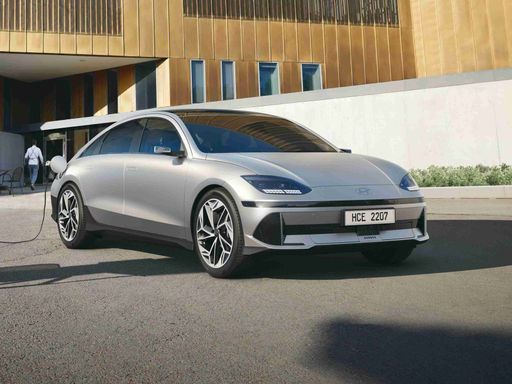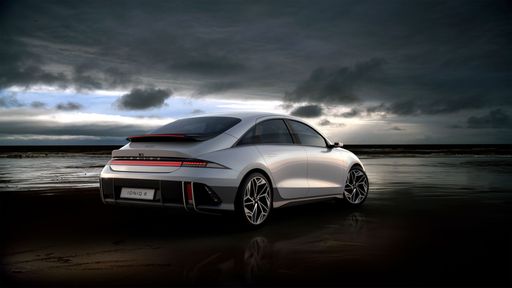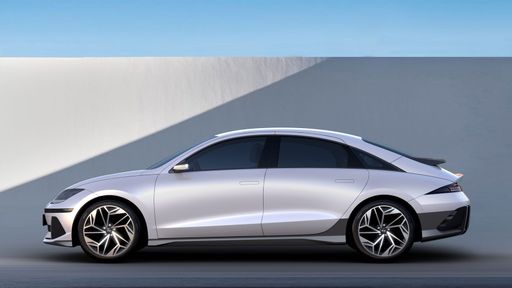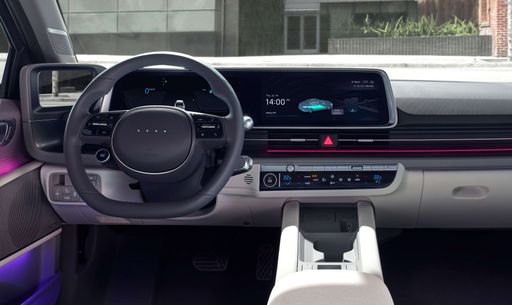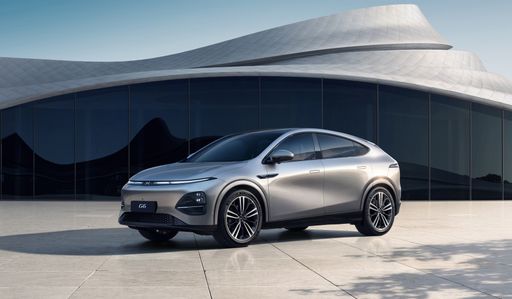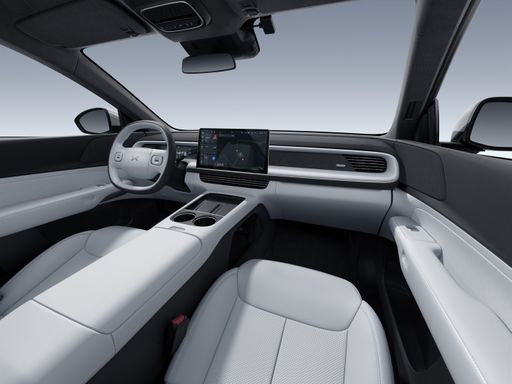Electric Titans: Hyundai IONIQ 6 vs XPeng G6
The electric vehicle revolution is underway, and two models making waves in this crucial market transformation are the Hyundai IONIQ 6 and the XPeng G6. Each car has its own distinctive appeal and technological prowess, drawing significant attention from EV enthusiasts. In this article, we're diving deep into the technical aspects and innovations these models bring to the table.

